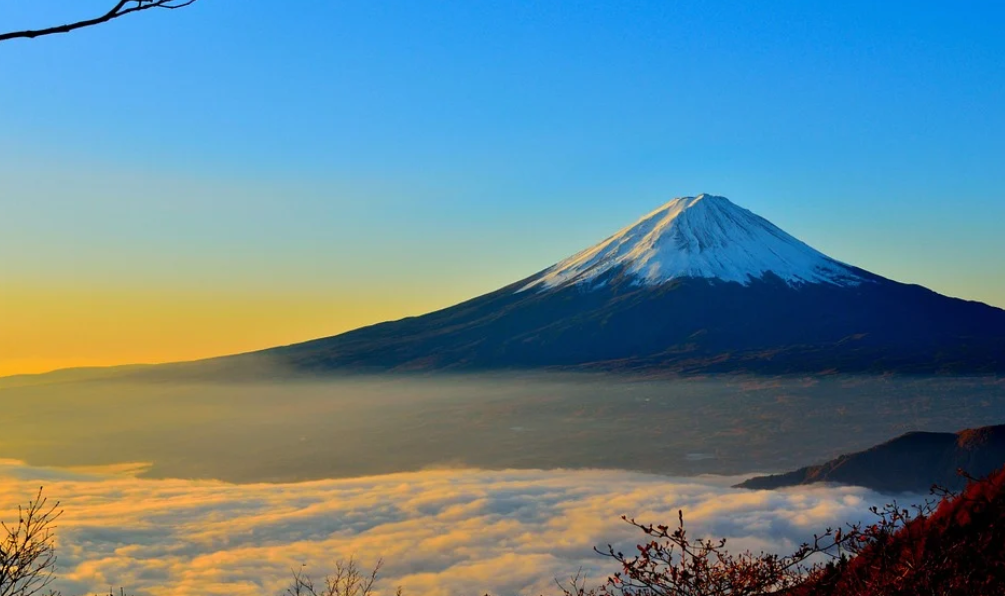
Mt. Fuji is one of the most recognized symbols of Japan. You have probably seen a lot of postcards with the beautiful mountain in it and when you see it, you’ll eventually think of Japan. In fact, a visit to Japan is not complete without a sight of Mt. Fuji.
However, while Mt. Fuji is one of the most recognized symbols of Japan, there are many interesting facts about it that people do not know. Learn these wonderful facts about Mt. Fuji before you embark on your journey in order to have an enriching experience.
- It is 3-in-1 volcanoes
It may seem as though it’s only one huge mountain, yet Mount Fuji really comprises three separate volcanoes: Komitake at the base, Kofuji in the center and Fuji at the top, which is the most youthful of the three.
- Women were not allowed to climb Mt. Fuji until 1868
As the mountain has consecrated significance and ascending it has for quite some time been a strict practice, it was an officially taboo area for ladies until the Meiji Restoration in 1868. The primary western lady to arrive at the highest point was Lady Fanny Parkes in 1869.
- It is a holy mountain
Shino religion treats Mt. Fuji has been a holy site since the 17th century. Shintoists even consider the mountain as owned by the goddess Sengen-Sama, alongside with two other mountains in the vicinity. They are Mount Tate and Mount Haku.
- The first person to climb Mt. Fuji was a monk
A monk climbed Mt. Fuji in 663Ad and was hailed as the first ever person to climb its summit. Following this, the pinnacle was climbed routinely by men with Sir Rutherford Alcok being the main realized Westerner to arrive at the highest point in 1860.
- It is an icon of Japan
Mount Fuji has for some time been one of Japan’s renowned notorious images, adding to the nation’s social and profound geology. Throughout the years the pinnacle has advanced from an object of love to a wellspring of masterful motivation, having highlighted in verse, writing and incalculable workmanship prints.
- It is a functioning spring of gushing lava
While it might be a site of tranquil and consecrated excellence, Mount Fuji is really a functioning well of lava which sits on a triple intersection of structural action, where the Amurian, Okhotsk and Philippine plates meet.
- The last eruption of Mt. Fuji was in 1707
In spite of being an active volcano, Mount Fuji hasn’t erupted since 1707, when it emitted for about fourteen days. This made debris fall on its neighboring urban communities in Tokyo and framed another pit and top on its south-eastern side.
- The five lovely lakes surrounding Mt. Fuji makes it a main attraction
One of the many reasons why Mt. Fuji is very attractive because it is surrounded by five lovely lakes. But because of the geothermal action in the territory, there are natural aquifers to wash in – ideal for facilitating those throbbing painfulness following a monotonous day’s climbing.
- There are ways you can reach the top
There are four trails towards the top of Mt. Fuji and ten rest stations. Normally, it takes 6 hours to reach the summit but you can stop by the rest stations to grab some food and drinks to re-energize your body.
- It is the most ascended mountain on the planet
Being Japan’s most well known fascination, the mountain is visited by around 300,000 climbers consistently and considering it must be gotten to for a little more than two months of it – that is an entirely amazing number.